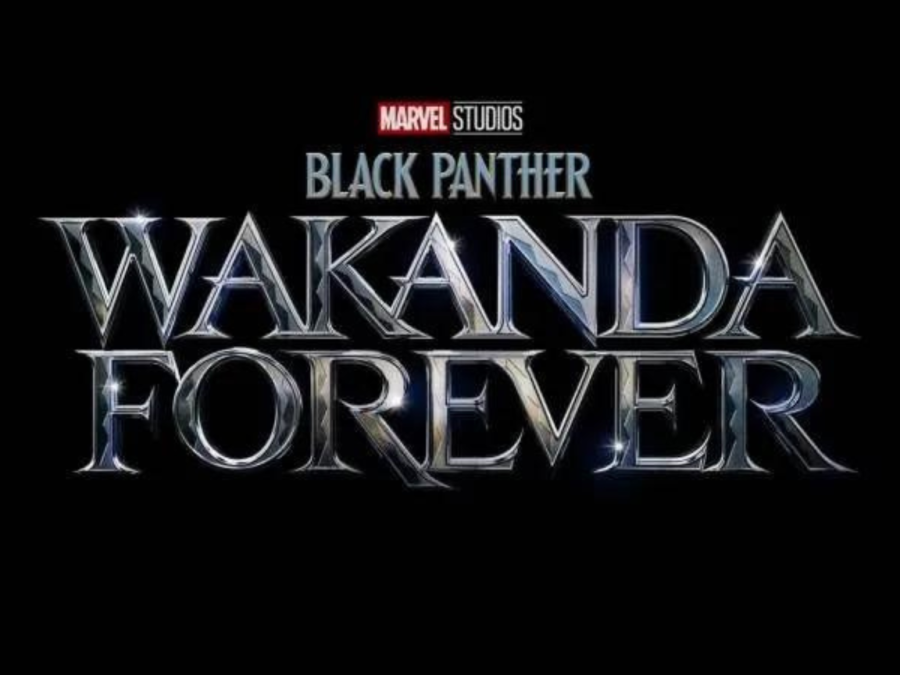‘Black Panther’ sequel pays tribute to Chadwick Boseman, Mayan culture and the grieving process
“Black Panther: Wakanda Forever” is the final film in Phase Four of the Marvel Cinematic Universe. The film was released in theaters on Nov. 11.
“Black Panther: Wakanda Forever,” the long-awaited sequel to “Black Panther,” ended Phase Four of the Marvel Cinematic Universe with a beautiful tribute to the late Chadwick Boseman and the process of grief.
When Boseman passed away in August 2020, many fans wondered how Marvel would address the loss. Instead of recasting the part, the studio elected to have Boseman’s character, T’Challa, pass away, showcasing the funeral in the official trailer.
This decision allowed the supporting cast of the previous movie’ to shine with their individual depictions of the grieving process. Letitia Wright, who played Princess Shuri, gave a gripping performance as an angry, grieving young woman still processing the loss of her brother.
Another notable performance is from Tenoch Huerta as the movie’s main antagonist, Namor the Sub-Mariner. Namor has been widely considered to be Marvel’s first anti-hero since his introduction in April 1939 and Huerta’s performance brought life and empathy to the controversial character.
Huerta’s confirmation that Namor is a mutant like he is in the comics also speaks to the careful development of the character, especially considering the studio’s controversial decision to cut out the mutant-related origins of Wanda and Pietro Maximoff in the 2015 film “Avengers: Age of Ultron.”
Dominique Thorne’s performance as young tech prodigy Riri Williams brought humor to the film while still staying true to the more serious tone of the movie, something that many fans believe the MCU has had problems balancing in recent films. Thorne will be reprising the role in the upcoming Disney+ series “Ironheart.”
The first “Black Panther” movie was widely praised for the way it portrayed Wakandan culture by combining real-life aspects of various African cultures. “Black Panther: Wakanda Forever” added to that legacy through the continued world-building of Wakanda and the introduction of Namor’s home, Talokan.
The dancing and music playing at T’Challa’s funeral, as shown in the trailer, a celebration of life that is integral to many African and African-influenced cultures, such as the New Orleans tradition of “cutting the body loose” after the burial by playing jazz music and dancing through the streets on the way back from the cemetery.
Namor’s underwater homeworld of Talokan is heavily inspired by ancient Mayan culture, showcased in the feathered headdresses and murals shown on the walls of the city. The actors even learned an actual Mayan language, tying into the cast of the first “Black Panther” movie learning to speak the South African language, Xhosa.
The film also works as a bookend to the first installment in the MCU’s Phase Four, WandaVision, which, like “Black Panther,” explored the manifestation of grief after the loss of a loved one.
Coogler’s carefully crafted film used the combination of a talented cast, stunning visuals and dedicated world-building to create a comic book story come to life and a beautiful salute to the late Chadwick Boseman.

